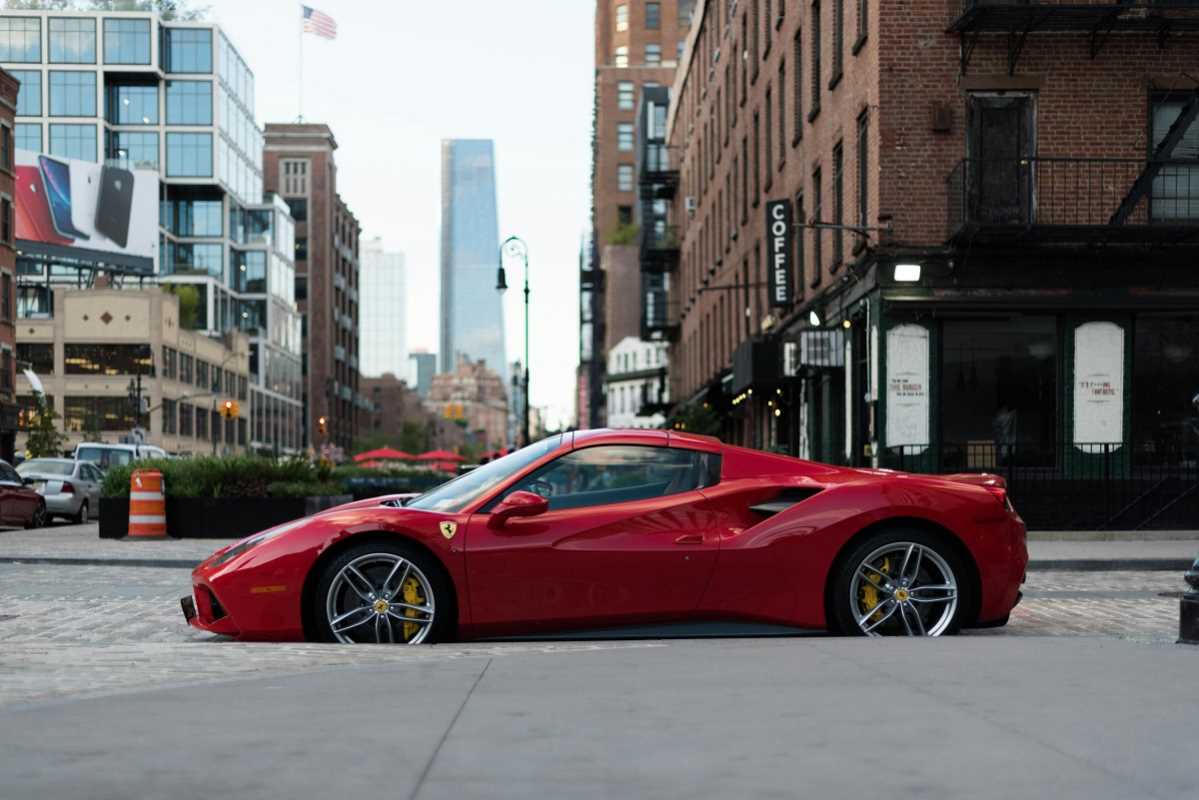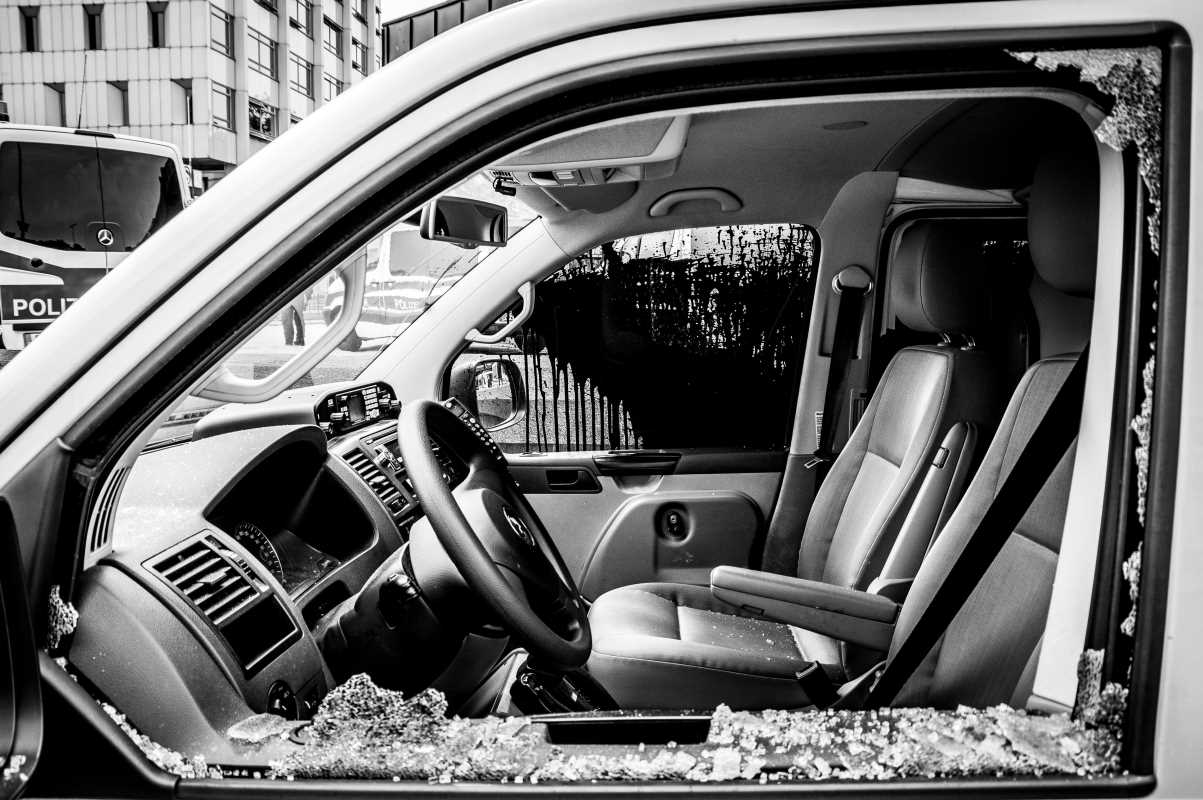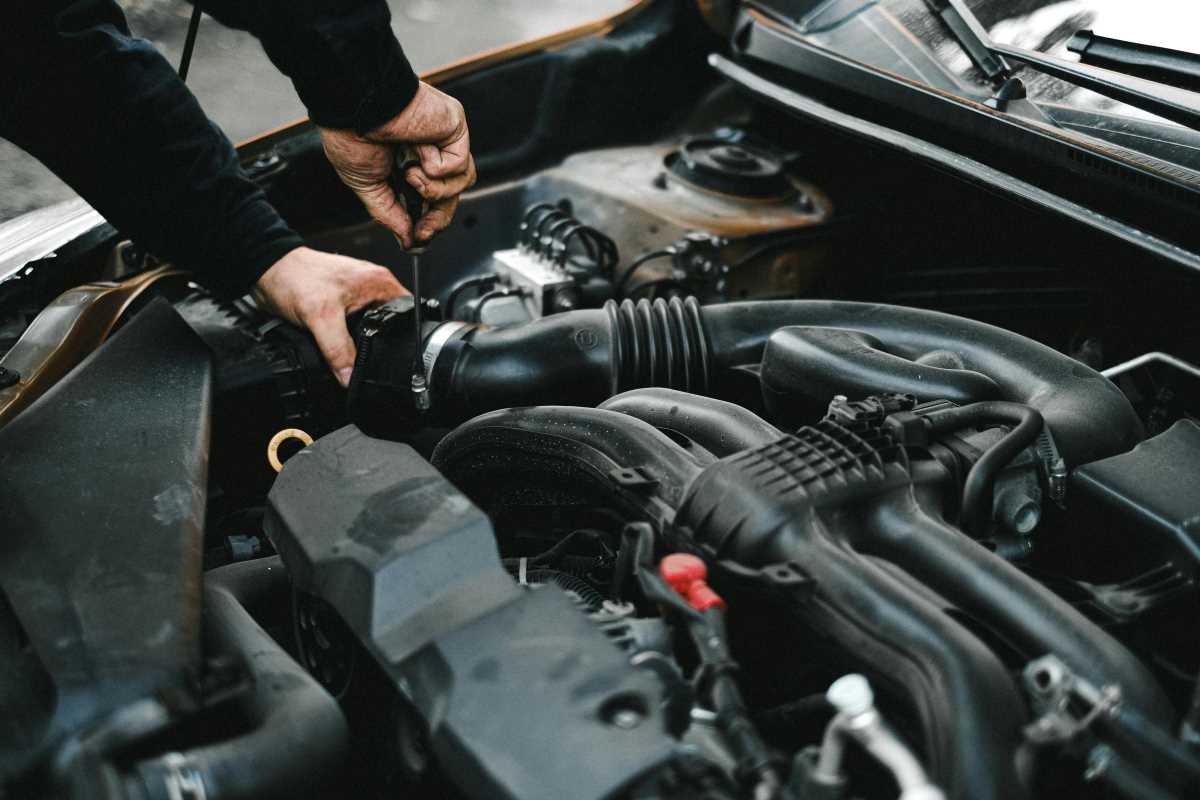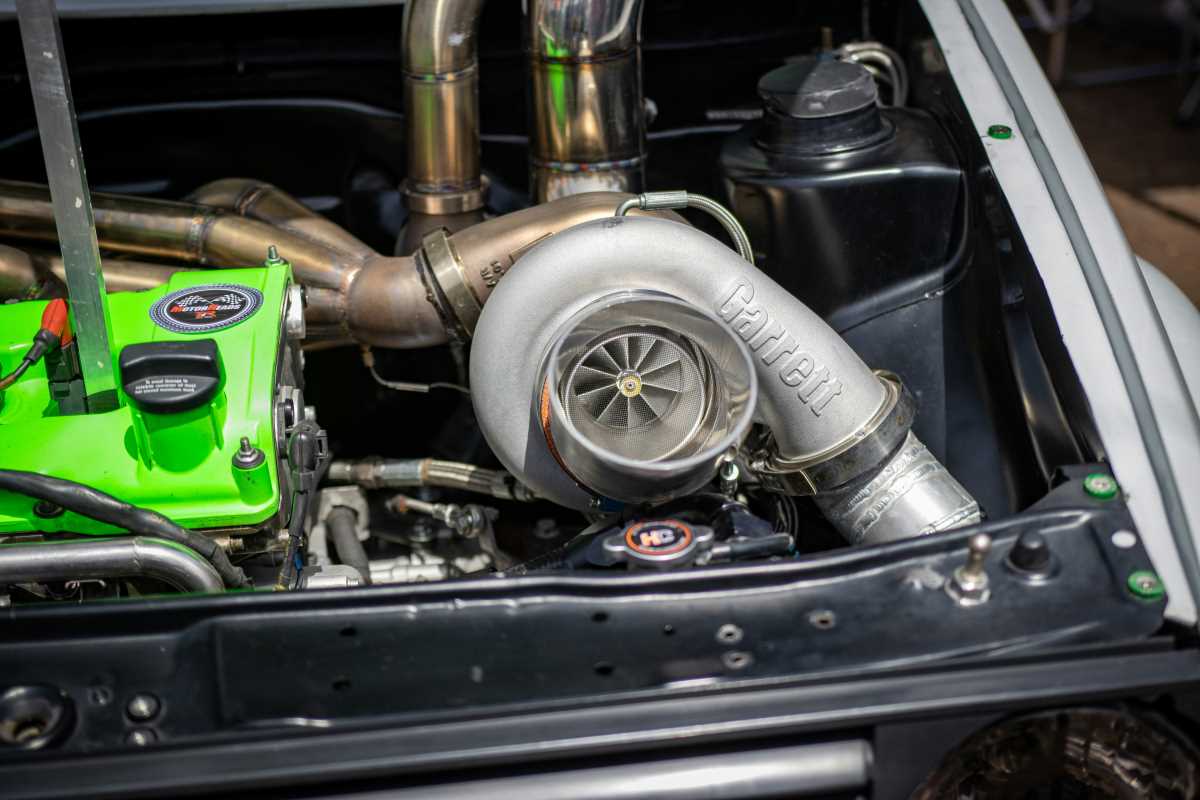Every curve and detail on a high-performance vehicle tells a story of precision and purpose. Engineers and designers work together to craft supercars that capture attention while slicing through the air with ease. The blend of art and science shapes more than just striking exteriors; it unlocks the true potential of speed and control. As we explore the world of these powerful machines, we reveal how thoughtful design and cutting-edge technology come together to create cars that do far more than look impressive. Discover the elements that make supercars stand out on the road and deliver unforgettable driving experiences.
Speed enthusiasts recognize that driving a high-performance car involves more than a roaring engine. It requires how the car slices through the air, maintaining balance and control. Analyzing design elements that improve street performance can elevate driving skills and ignite a passion for precision engineering.
Understanding aerodynamics and its significance
A deep look into supercar aerodynamics shows how careful design reduces drag and enhances control. This branch of science studies how air moves around objects, transforming design into a craft in the realm of performance vehicles. Every curve and angle has a purpose in reducing resistance and stabilizing the car at high speeds.
The importance of aerodynamics becomes clear when you see how small improvements in design lead to noticeable gains in speed and handling. Engineers aim to balance minimal drag with optimal downforce, ensuring that supercars not only look stunning but also perform exceptionally well on the road. Striving for streamlined perfection drives innovation and sets these vehicles apart from everyday models.
Key aerodynamic features of supercars
Supercars include various design features that contribute to their outstanding performance. These elements work together to control airflow, boost speed, and maintain high stability during aggressive driving.
The following key features reveal the engineering precision behind these machines:
- Curved and sculpted body lines that reduce wind resistance.
- Active spoilers and diffusers that adjust automatically to maintain downforce.
- Rear wings designed to push the car down at high speeds.
- Vented hoods and side intakes to manage heat and improve cooling.
- Streamlined underbodies that channel airflow smoothly underneath the car.
How aerodynamics influences street racing
Aerodynamics plays a vital role in street performance. Tweaking a car’s design allows drivers to achieve higher speeds, better handling, and increased safety on the street. Understanding these effects leads to smarter driving choices and a greater sense of control even at high speeds.
Consider these insights on how aerodynamic design impacts high-speed street driving:
- Speed: Reducing drag means more power reaches the wheels, helping the car accelerate faster and reach higher top speeds without overworking the engine.
- Handling: Better downforce from aerodynamic features improves grip on the road, making the vehicle more responsive to steering, especially in tight turns.
- Safety: Aerodynamic stability helps ensure safer maneuvers during sudden changes in direction or emergency braking, keeping the vehicle firmly planted on the road.
Comparing supercar aerodynamics to regular cars
While daily drivers prioritize comfort and fuel economy, supercars push the limits with aerodynamic designs that blend art and science. Every element, from body contours to spoilers, is carefully sculpted for performance—something regular cars rarely match. These engineering improvements focus on reducing drag, translating into better speed and control during high-performance driving.
The difference is clear: while an average car emphasizes practicality and efficiency, supercars aim for rapid acceleration and precise handling. This focus on performance reflects the use of advanced materials and techniques in their construction, enabling dynamic responses and unmatched stability in difficult driving conditions.
Real-world examples of aerodynamic design
Supercars like the Ferrari LaFerrari and Lamborghini Aventador show how cutting-edge aerodynamics create both beauty and speed. Every curve, vent, and spoiler directs airflow to boost stability, reduce drag, and keep the vehicle planted at high speeds.
Models like the Porsche 911 GT3 and McLaren’s lineup take this further with precision engineering backed by wind tunnel testing and simulations. These refinements don’t just improve lap times—they ensure control, safety, and lasting performance.
Learning how aerodynamics shape these machines deepens your understanding of driving dynamics. It’s not just about speed—it's about mastering the flow of air to push performance to its peak.
 (Image via
(Image via





